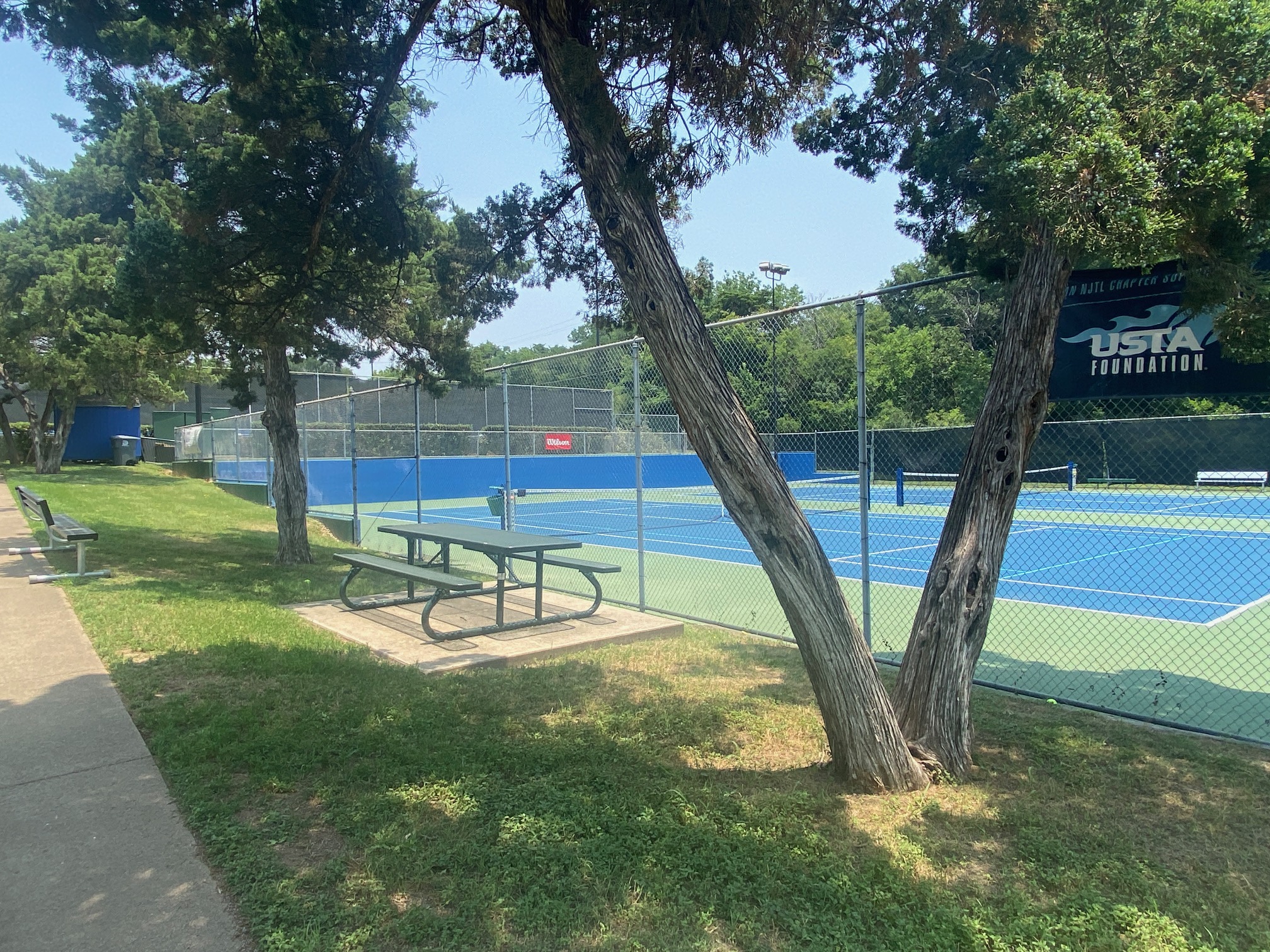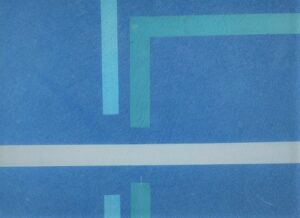Yesterday I made the assertion that there seems to be a lot more USTA league players than tournament players. While there is still a lot of territory to explore in this area, what I really want to focus on at the moment is exclusive to tournament play. Specifically, I want to examine the motivation that drives players to play tournaments.
Motivation can either be intrinsic or extrinsic. Intrinsic motivation comes from within and is intensely personal. Extrinsic motivation involves factors that are external to the individual. Another word for extrinsic motivation is incentives.
I am fascinated at how people respond to the incentives and disincentives placed before them. More specifically, I love to examine the design of systems that drive behaviors or actions. Incentives are a very effective tactic to implement organizational strategy.
“Love of the game” is a great example of intrinsic motivation in tennis. Some people play tennis simply because they derive a tremendous amount of personal enjoyment from doing so. Narrowing the focus a bit to just tournament tennis, there are players who enjoy the tournament atmosphere and competition and have a high level of intrinsic motivation.
At the ATP and WTA level, I generally think that a high level of intrinsic motivation propelled professional players to that level. I believe that it is extraordinarily hard to achieve professional level mastery without intrinsic motivation.
I touched on the idea of tennis “burn out” in “Ellsworth Vines Cuts Strings.” Losing intrinsic motivation for tennis is almost synonymous with burn out. It is hard to play at all, much less at a high level, without being driven from within.
The perfect example of extrinsic motivation is obvious and apparent. Money. Financial remunerations is one of the easiest incentives to recognize and value. As it turns out, most amateur adult tournaments don’t typically offer prize money. It typically is not be enough to defray the costs associated with playing the event even when offered.
Additional examples of extrinsic motivations from tournaments are material items such as trophies and swag. Additionally, the distinctly modern influence of social media cannot be discounted. Tournaments present great photo ops. If that photo op involves holding a trophy at the end of the event, all the better. Social media must be alerted. That is an extrinsic incentive.
As I alluded to in “The Physics of Tennis Tournaments: Critical Mass” I was worried about declining participation in tennis tournaments even before the COVID-19 suspension of play. Not surprisingly, those concerns have not diminished in the interim.
Understanding what motivates players to play tournaments is critical to creating incentives that will induce players to enter events. Tomorrow we look at some of the incentives which drive players to play tournaments.



